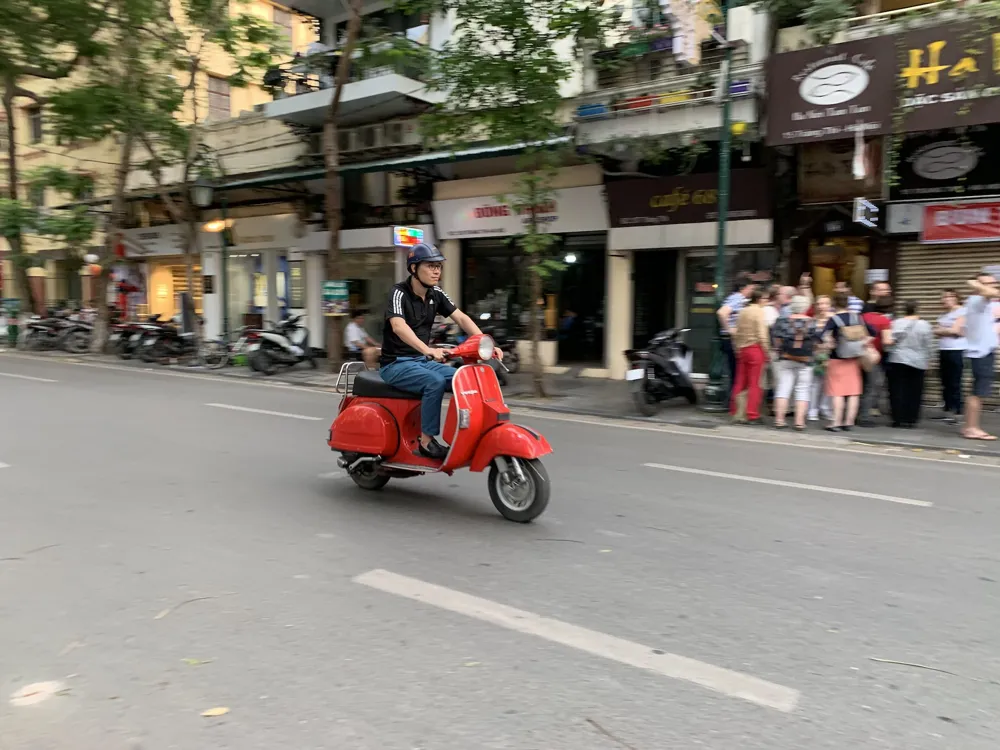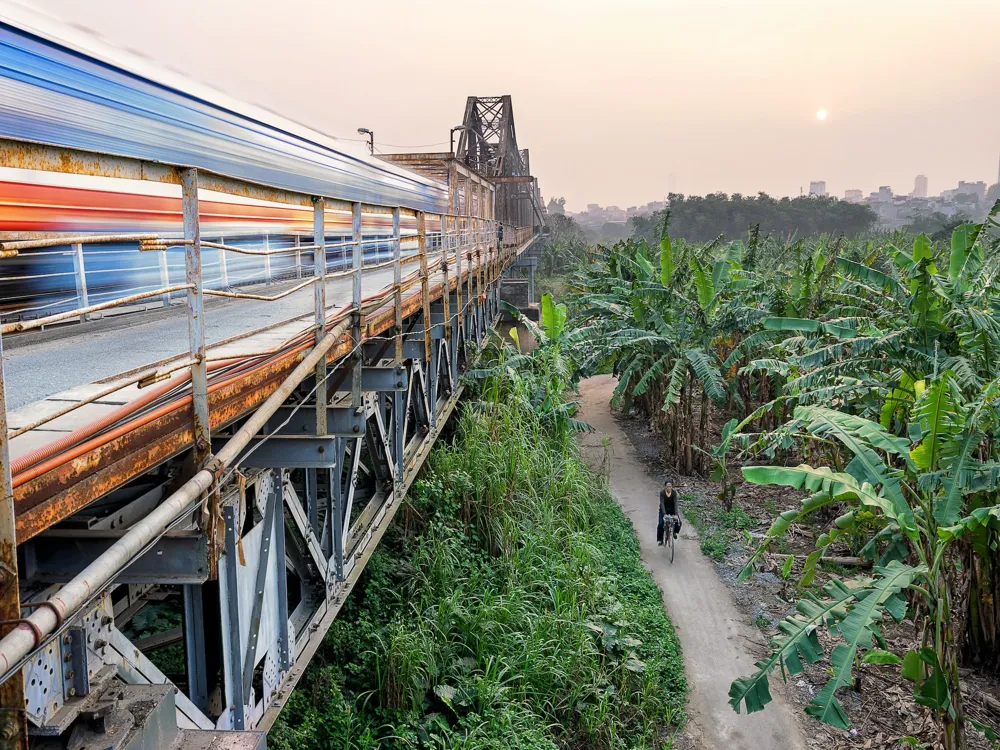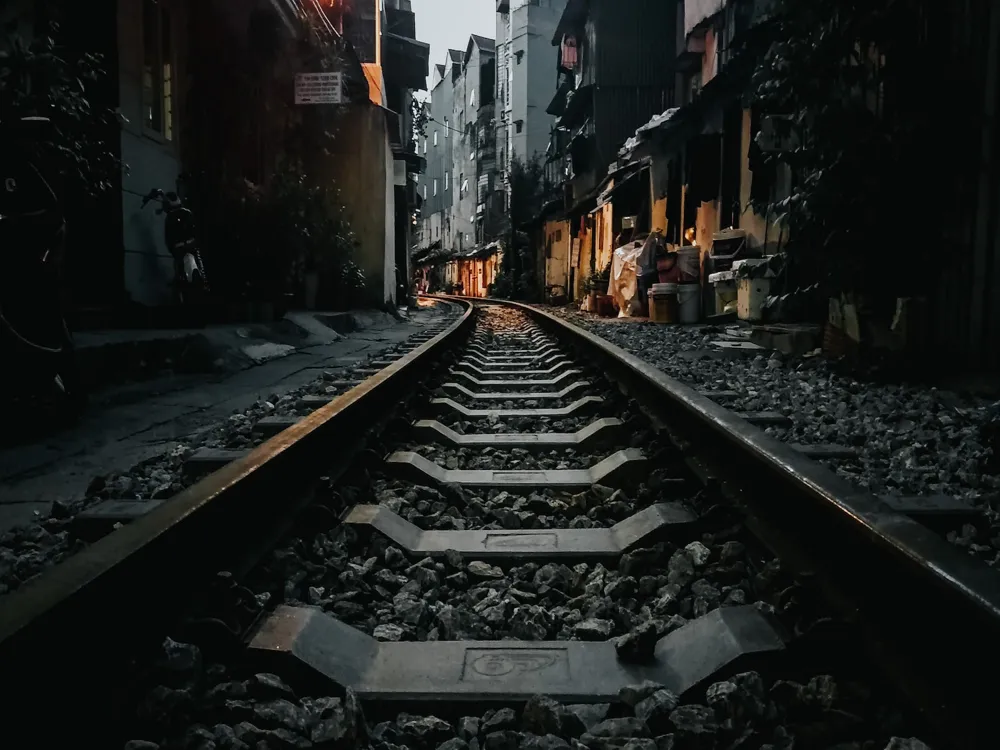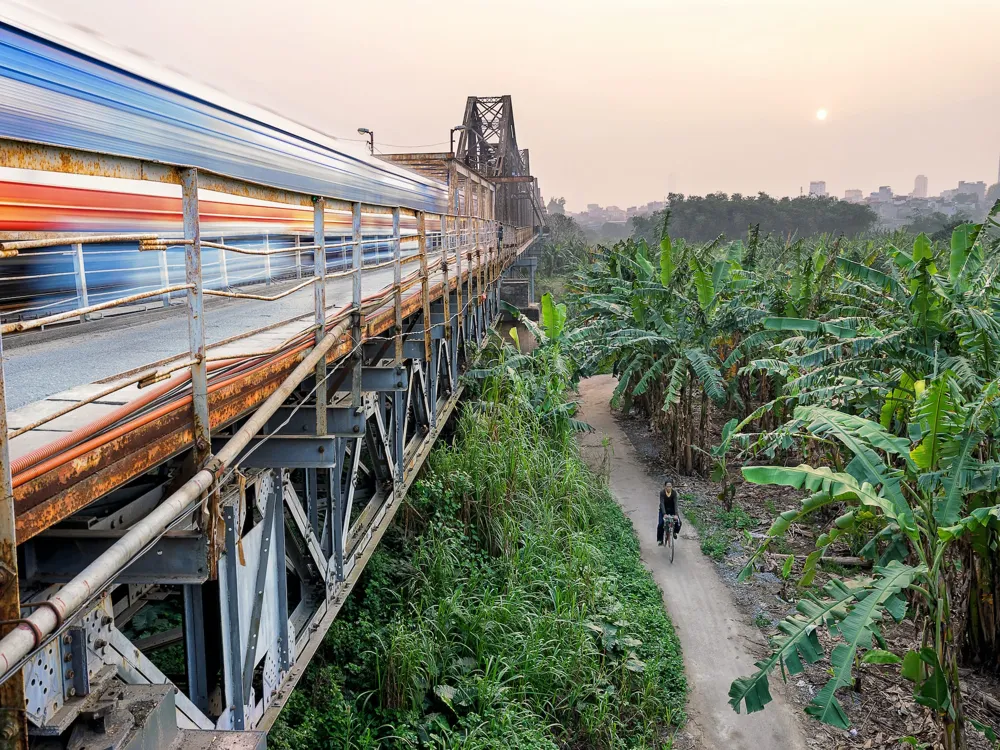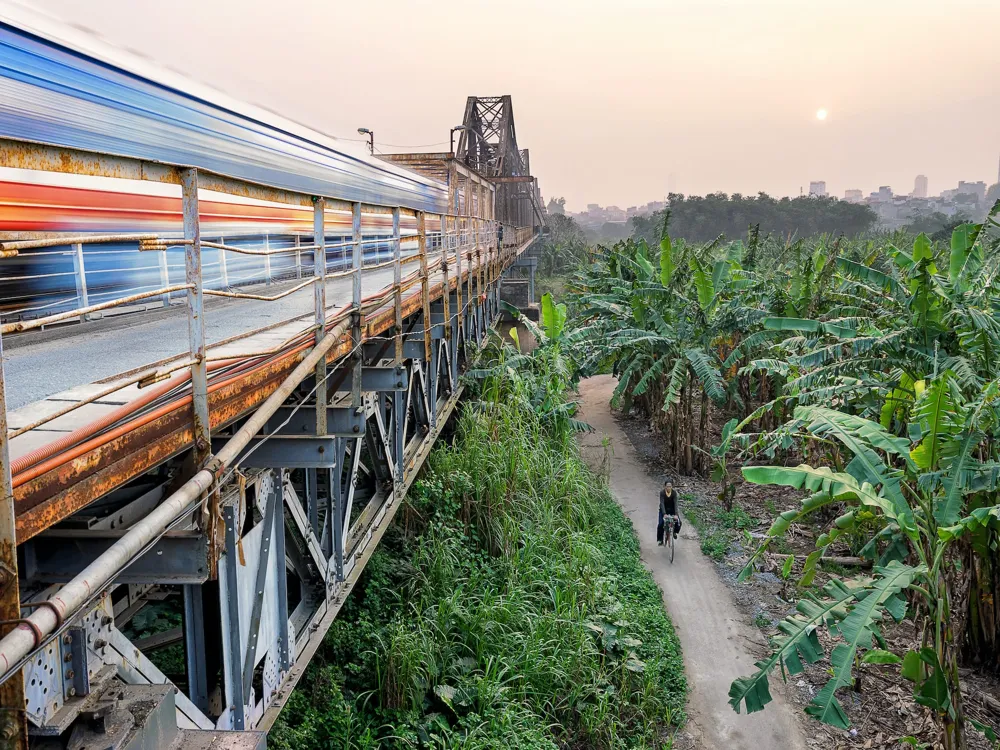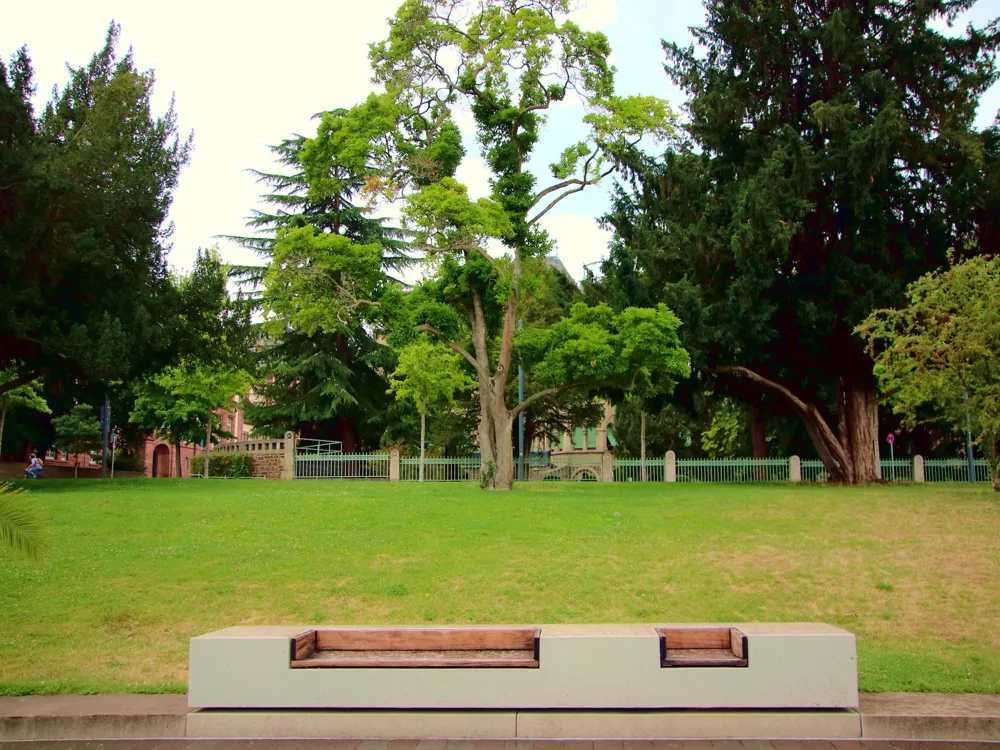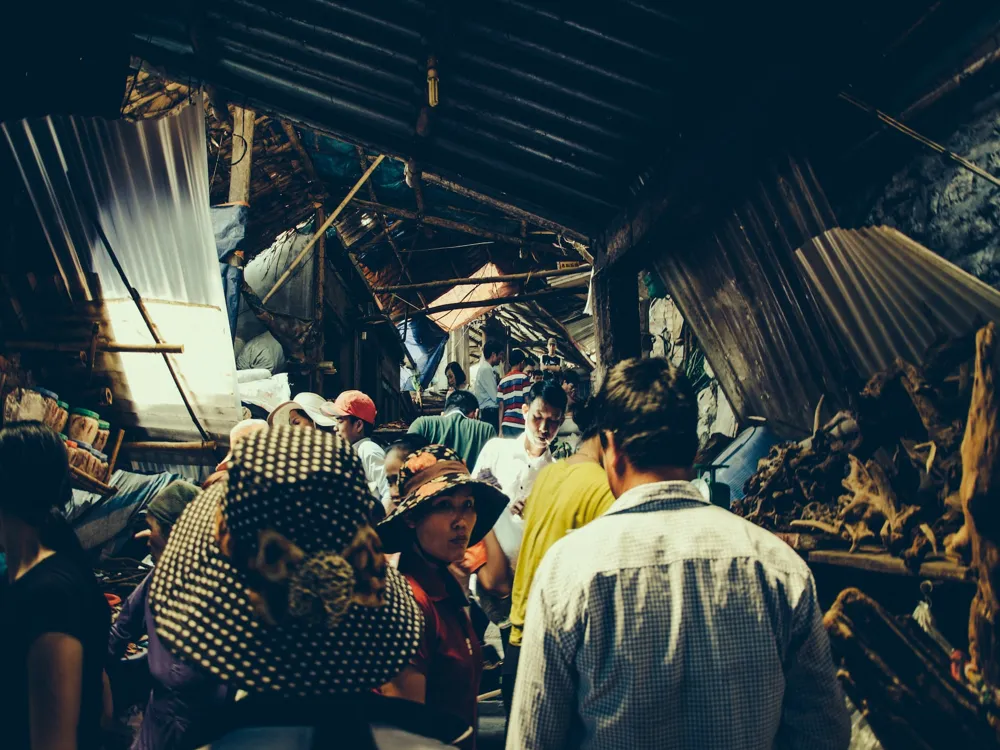Hanoi, the capital city of Vietnam, is a fascinating blend of East and West, combining traditional Sino-Vietnamese motifs with French flair. It is the second largest city by population and covers an area of over 3,300 square kilometers. As the cultural and political heart of Vietnam, Hanoi is known for its centuries-old architecture and a rich history dating back to 1010 AD when it was named Thang Long. Over the years, it has witnessed numerous changes, evolving from a small settlement to the bustling metropolis it is today.
The city's landscape is characterized by scenic lakes, verdant parks, and dense tree-lined boulevards, earning it the nickname 'The City of Lakes.' Among these, Hoan Kiem Lake stands out as a central focal point, surrounded by public spaces and vibrant streets. Hanoi's climate features hot, humid summers and short, mild winters, making it a year-round destination for travelers.
Cultural richness is a key attribute of Hanoi, with its numerous museums, temples, and art galleries. The city effortlessly marries age-old traditions with modernity, evident in its bustling street markets, colonial buildings, and ancient pagodas juxtaposed with contemporary skyscrapers and business centers. This dynamic mix offers visitors a unique experience, blending history, culture, and modern life.
The architecture of Hanoi is a testament to its diverse history and cultural influences. The city's buildings display a unique fusion of indigenous architectural elements with colonial French styles, reflecting the periods of Chinese and French occupation. Traditional Vietnamese architecture in Hanoi is characterized by wooden structures and intricately carved panels, with the influence of Feng Shui evident in the design of many buildings.
The Old Quarter, the historical heart of Hanoi, offers a glimpse into the city's past with its narrow streets and shophouses that feature French colonial facades and Chinese-style roofing. This area serves as a living museum, showcasing the evolution of Hanoi's architecture over centuries.
The French colonial influence is particularly notable in the Ba Dinh district, home to grand boulevards and impressive edifices such as the Hanoi Opera House and the Presidential Palace. These structures exhibit the elegance of European architecture with their domes, pillars, and balconies, set amidst lush gardens and broad avenues.
The ideal time to visit Hanoi is during the spring (February to April) and autumn (September to November) months. During these periods, the weather is pleasant with moderate temperatures, making it conducive for exploring the city and its surroundings.
Navigating Hanoi can be an adventure in itself. The city's public transportation system includes buses and a metro line. For a more authentic experience, try the cyclos (three-wheeled bicycle taxis) or rent a motorbike. However, traffic can be chaotic, so always be cautious and aware of your surroundings.
Vietnamese cuisine is a highlight of any visit to Hanoi. Don't miss trying the famous Pho (noodle soup), Bun Cha (grilled pork with noodles), and the city's unique take on street food. Local markets and street vendors offer an authentic taste of Hanoi's culinary delights.
Respect local customs and traditions while in Hanoi. Dress modestly when visiting temples and religious sites, and be mindful of your behavior in public spaces. Learning a few basic Vietnamese phrases can greatly enhance your interaction with locals.
Hanoi is generally safe for tourists, but it's advisable to take standard precautions against petty crime. Also, be aware of traffic when crossing streets. For health, stick to bottled water and ensure you are up-to-date with vaccinations before traveling.
Hanoi is accessible through Noi Bai International Airport, which is well-connected to major cities around the world. Upon arrival, visitors can take a taxi, bus, or airport shuttle to reach the city center. For those traveling within Vietnam, Hanoi is well-linked by road and rail, with frequent bus and train services from major cities like Ho Chi Minh City and Da Nang.
Exploring Hanoi and its surrounding regions can be done by bus, train, or car hire. The city's central location in Northern Vietnam makes it an ideal base for exploring other famous destinations such as Ha Long Bay and Sapa.
Overview of Hanoi
Architecture of Hanoi
Tips When Visiting Hanoi
Best Time to Visit
Transportation Tips
Local Cuisine
Cultural Etiquette
Safety and Health
How To Reach Hanoi
Hoa Lo Prison Museum
Hanoi
₹ 15,260 onwards
View hanoi Packages
Weather :
Tags : Museum
Timings : 8:00 AM - 12:00 PM, 1:30 PM - 5:00 PM
Time Required : 1-2 hrs
Entry Fee : Adults: VND 30,000
Students (with Identification): VND 15,000
Children (under 15 years): No Entry Fee
Planning a Trip? Ask Your Question
Also Refered As:
Hanoi Hilton
Hanoi Travel Packages
View All Packages For Hanoi
Top Hotel Collections for Hanoi

Private Pool

Luxury Hotels

5-Star Hotels

Pet Friendly
Top Hotels Near Hanoi
Other Top Ranking Places In Hanoi
View All Places To Visit In hanoi
View hanoi Packages
Weather :
Tags : Museum
Timings : 8:00 AM - 12:00 PM, 1:30 PM - 5:00 PM
Time Required : 1-2 hrs
Entry Fee : Adults: VND 30,000
Students (with Identification): VND 15,000
Children (under 15 years): No Entry Fee
Planning a Trip? Ask Your Question
Also Refered As:
Hanoi Hilton
Hanoi Travel Packages
View All Packages For Hanoi
Top Hotel Collections for Hanoi

Private Pool

Luxury Hotels

5-Star Hotels

Pet Friendly







